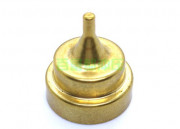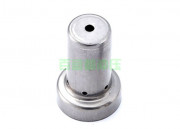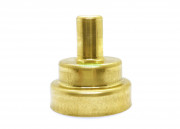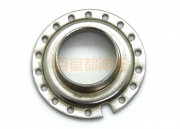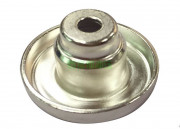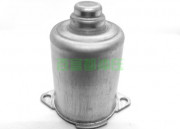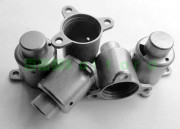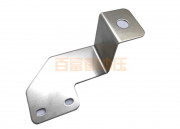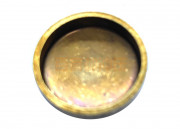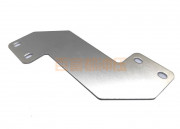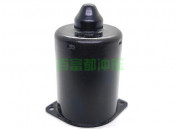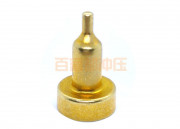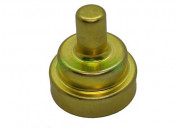Posted at 22/11/2022 By : deep drawing Categories : Blog,Techniques Comment: Comments Off on different types of Auto Stamping Parts Auto Stamping Parts, as the name suggests, are metal stampings that make up automotive parts. In automotive stamping parts, some of them are directly transformed into auto parts after being stamped, and the other part is subjected to welding, machining, or painting after being stamped to become auto parts. There are many kinds of automobile stamping parts, such as automobile shock absorber stamping spring tray, spring seat, spring bracket, end cover, cover, compression valve cover, compression valve sleeve, oil seal seat, bottom cover, dust cover, impeller, oil cartridges, lugs, brackets, etc. These are all automotive stampings. In Auto Stamping Parts China, stamping is sometimes referred to as sheet forming, but with a slight difference. The term “sheet forming” refers to the use of sheet material, a thin-walled tube, a thin profile, or the like as raw material. The method of forming plastic work is collectively referred to as sheet forming, and at this time, deformation in the direction of the thick plate is generally not considered.
First, the application range of metal stamping parts:
1. Special stamping enterprises. Such as the stamping of aviation parts, etc. belong to such enterprises, but these craft factories are also owned by some large factories.
2. Stamping of parts and components in the automotive industry. Mainly punching and forming. Many of the companies in this sector belong to scale factories, and there are also some independent stamping plants. At present, there are many such small factories near some automobile factories or tractor factories.
3The stamping factory of daily necessities. Do some crafts, tableware, etc. These factories have also grown significantly in recent years.
4. Stamping in the automotive industry. Mainly drawing. In this part of China, we mainly focus on large factories such as automobile factories, tractor factories, and aircraft manufacturers. Independent large scale stamping and deep drawing plants have not been seen.
5. Electric stamping plant. This type of factory is a new industry that has developed along with the development of electrical appliances, which are mainly concentrated in the south.
6. Household appliance parts stamping plant. These factories only emerged after the development of household appliances in China, and most of them are distributed to household appliances enterprises.
Second, the detection of metal stamping parts:
The hardness of metal stamping parts is measured by a Rockwell hardness tester. Small, complex-shaped stampings can be used to test small planes that cannot be tested on ordinary Rockwell benchtop hardness testers. Stamping parts processing includes punching, bending, drawing, forming, finishing and other processes. The materials processed by stamping parts are mainly hot-rolled or cold-rolled (mainly cold-rolled) metal strip materials, such as carbon steel sheets, alloy steel sheets, spring steel sheets, galvanized sheets, tin-plated sheets, stainless steel sheets, copper and copper alloys. Plate, aluminum and aluminum alloy plates, etc.
Rockwell’s PHP series of portable surface hardness testers are ideal for testing the hardness of these stamped parts. Alloy stampings are commonly used in metal processing and mechanical manufacturing. Stamping is a process that uses a Stamping Mould to separate or form a metal strip. Its application range is very broad.
First, the application range of metal stamping parts:
1. Special stamping enterprises. Such as the stamping of aviation parts, etc. belong to such enterprises, but these craft factories are also owned by some large factories.
2. Stamping of parts and components in the automotive industry. Mainly punching and forming. Many of the companies in this sector belong to scale factories, and there are also some independent stamping plants. At present, there are many such small factories near some automobile factories or tractor factories.
3The stamping factory of daily necessities. Do some crafts, tableware, etc. These factories have also grown significantly in recent years.
4. Stamping in the automotive industry. Mainly drawing. In this part of China, we mainly focus on large factories such as automobile factories, tractor factories, and aircraft manufacturers. Independent large scale stamping and deep drawing plants have not been seen.
5. Electric stamping plant. This type of factory is a new industry that has developed along with the development of electrical appliances, which are mainly concentrated in the south.
6. Household appliance parts stamping plant. These factories only emerged after the development of household appliances in China, and most of them are distributed to household appliances enterprises.
Read More →

